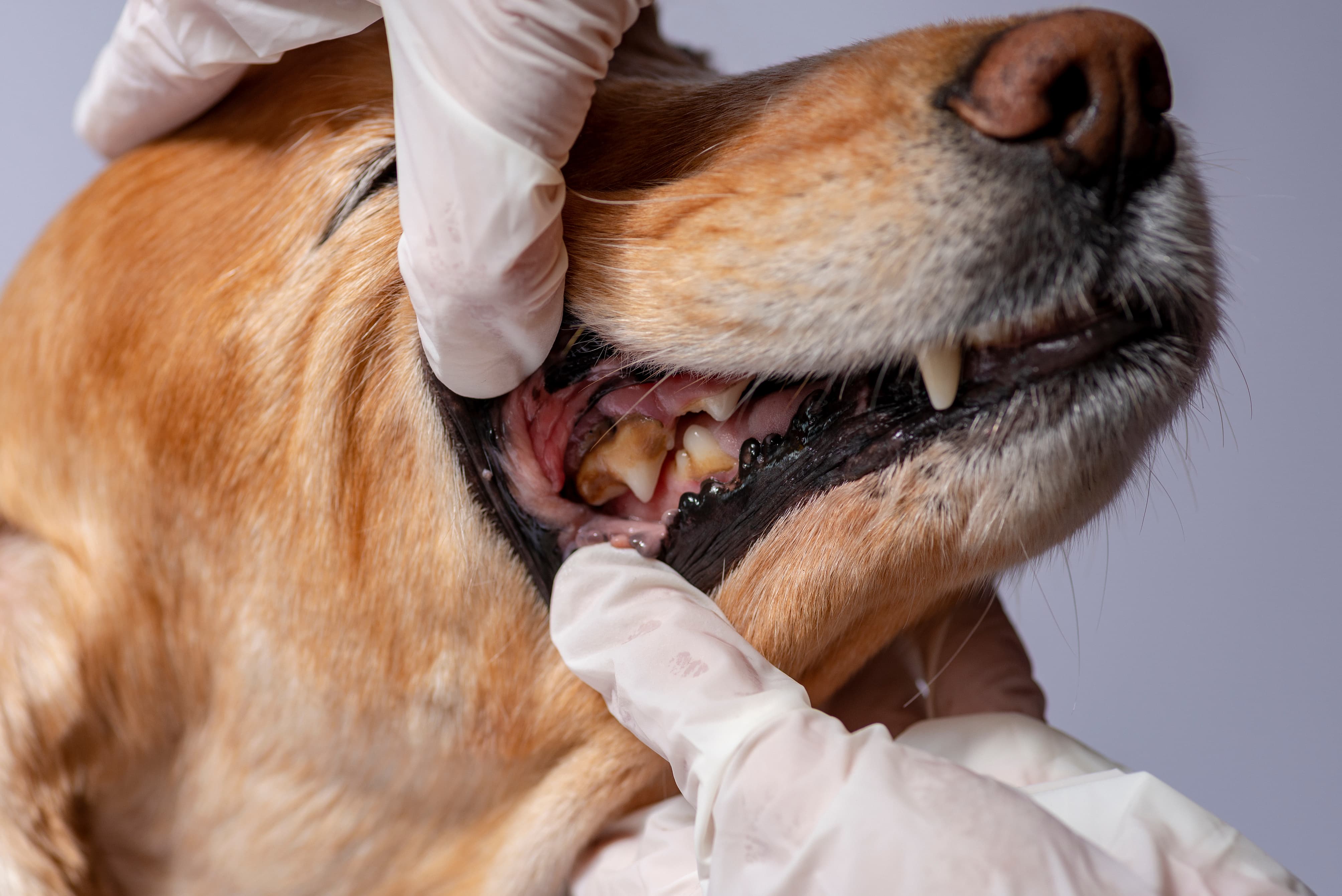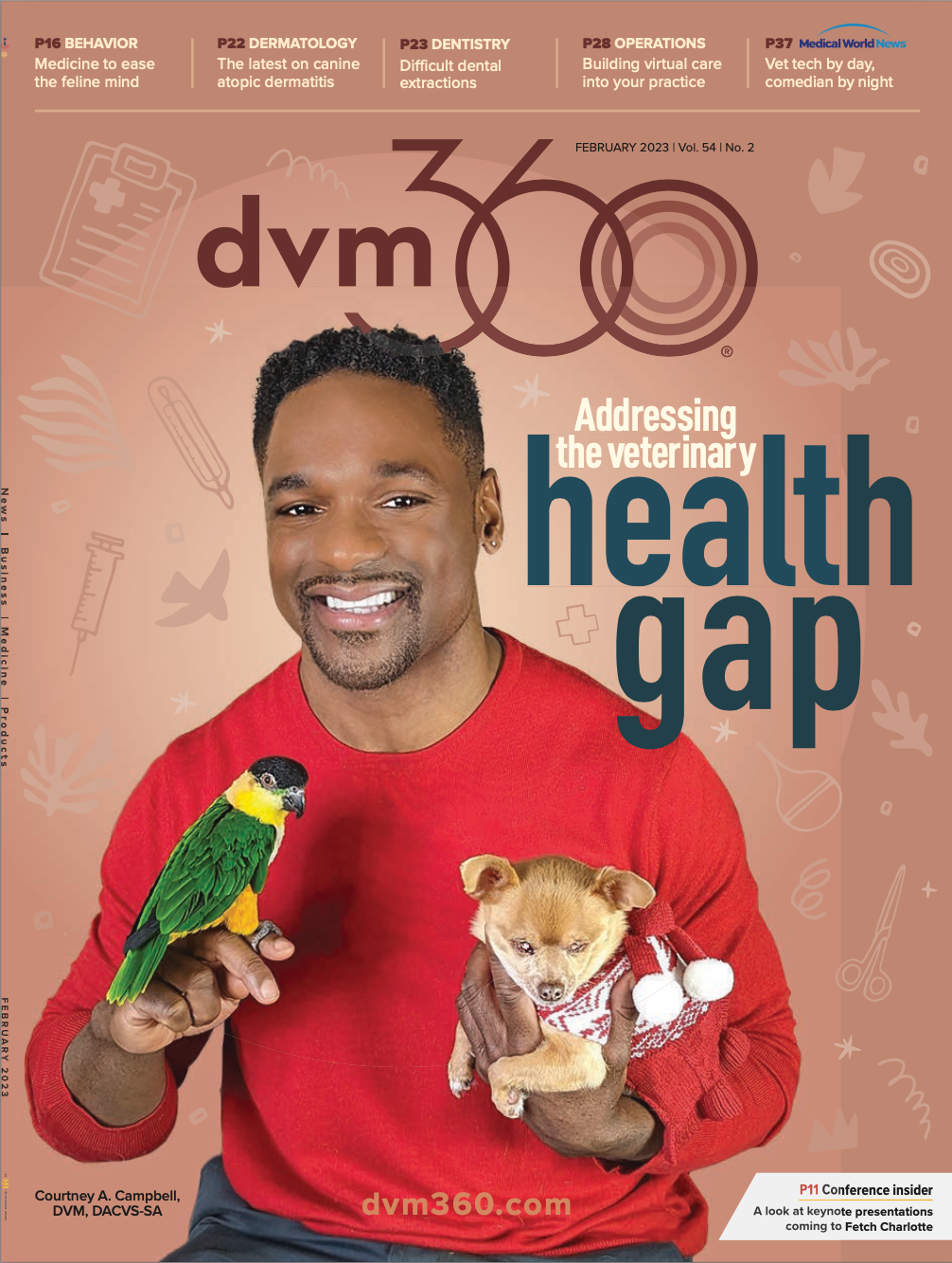What to consider in difficult dental extractions
Basic principles to set oneself up for success
Игор Чусь / stock.adobe.com

Dental extractions may be indicated for a variety of reasons, like periodontal disease, malocclusion, pulpitis secondary to blunt force trauma, resorptive lesions, and complicated crown fractures. In a session delivered at the North American Veterinary Community’s 2023 Veterinary Meeting & Expo in Orlando, Florida, Mark M. Smith, VMD, DACVS, DAVDC, reviewed case studies of what he and many other clinicians consider to be challenging extractions.1
These procedures, which tend to involve nonmobile, multirooted, and canine teeth—because of the size and complexity of the latter’s root systems, which can result in significant attachment and minimal mobility, even in the face of substantial periodontal disease—can often be difficult. The teeth posing challenges are the maxillary fourth premolar, the mandibular first molar, and maxillary and mandibular canine teeth. Smith offered 2 tips that apply in all situations and can ensure client satisfaction.
Take pre- and postop radiographs
It is widely understood that diagnostic x-rays are critically important in diagnosing dental disease. Results from a study published in the American Journal of Veterinary Research showed that veterinarians who examined x-rays of feline and canine teeth that looked normal to the naked eye found that 27.8% of dogs and 41.7% of cats had dental disease. In those with abnormal-looking teeth, they found additional diseased teeth in 50% of dogs and 53% of cats.2,3
Smith also stressed the need for postoperative radiographs, which allow clinicians to confirm that no roots remain. “I’ve never had an owner complain about postop x-rays; they understand we want to see if we got the tooth roots out,” Smith said. “I have seen a lot of owners upset when they come in with infections from roots that have been left behind and the veterinarian didn’t know it because they didn’t have a postop x-ray.”
Take client expectations into account
Because extraction is permanent, the best way to overcome its challenges may be not to perform it at all. Smith advised attendees to consider root canals in patients that may be good candidates and to discuss this option with clients. “I’ve found over the years that owners can get upset when they’re referred for an extraction or have a tooth extracted and…find out later that the tooth may have been…saved by a specialist doing a root canal,” he noted. Many pet owners may still opt for extraction due to cost or other factors, but they should know what treatments are available.
References
- Smith M. Canine and carnassial extractions: all you need to know. Presented at: VMX 2023; January 14-18, 2023; Orlando, FL.
- Verstraete FJ, Kass PH, Terpak CH. Diagnostic value of full-mouth radiography in cats. Am J Vet Res. 1998;59(6):692-695.
- Verstraete FJ, Kass PH, Terpak CH. Diagnostic value of full-mouth radiography in dogs. Am J Vet Res. 1998;59(6):686-691.
